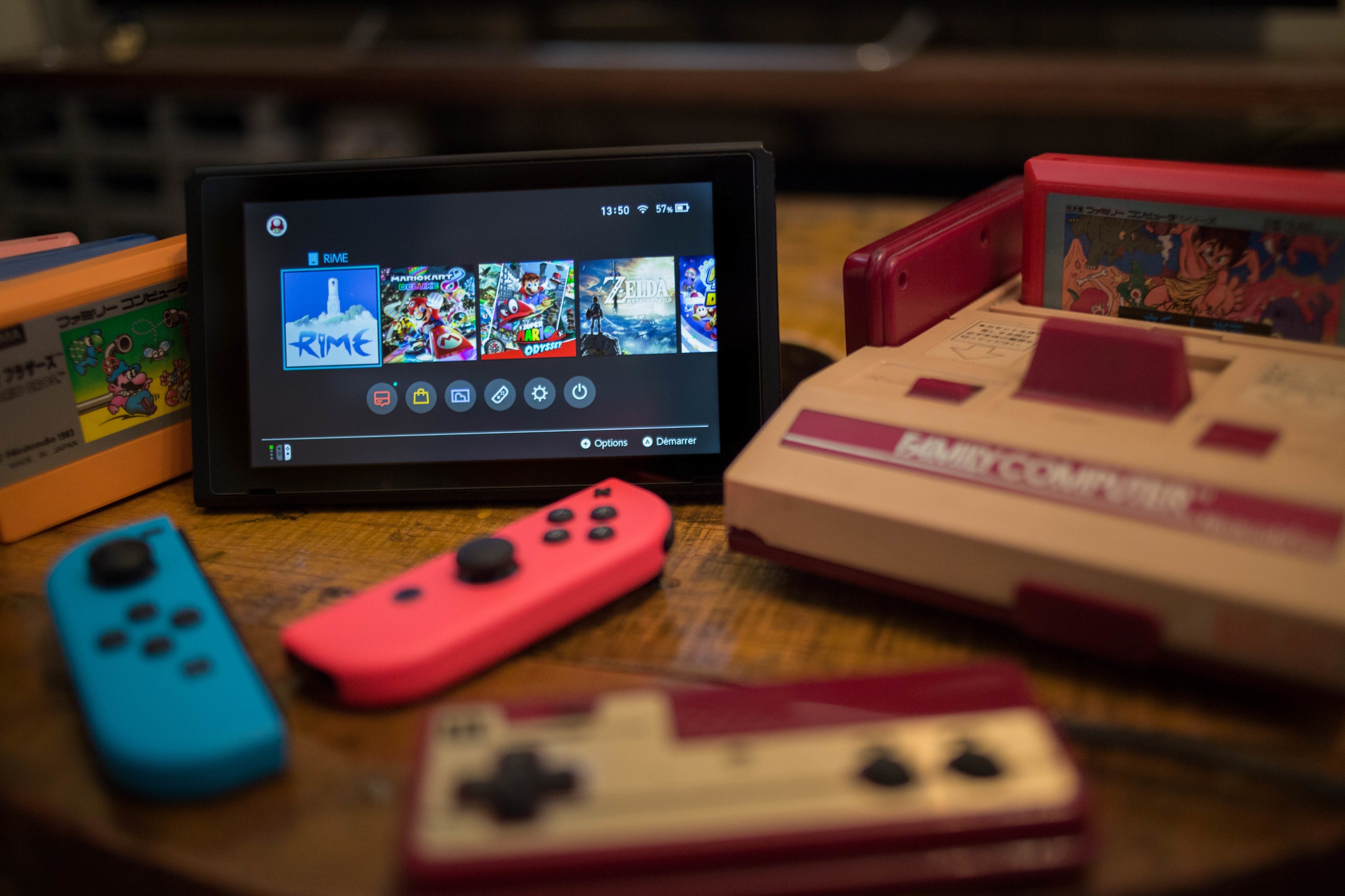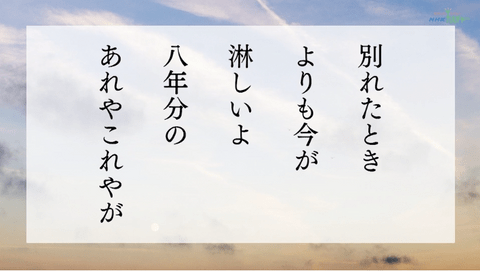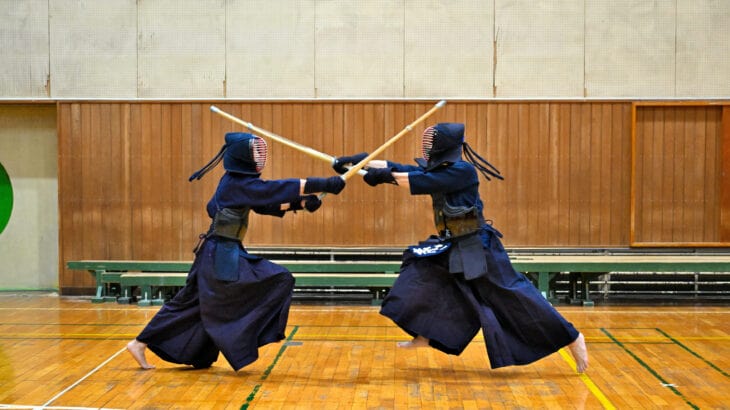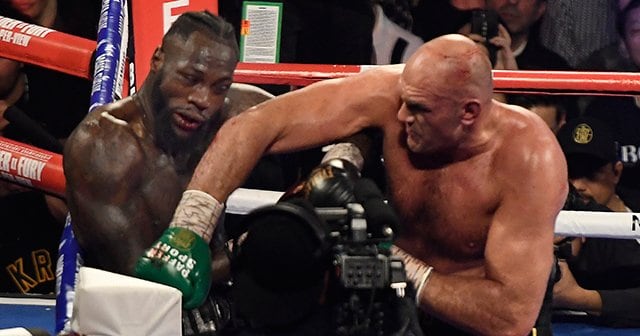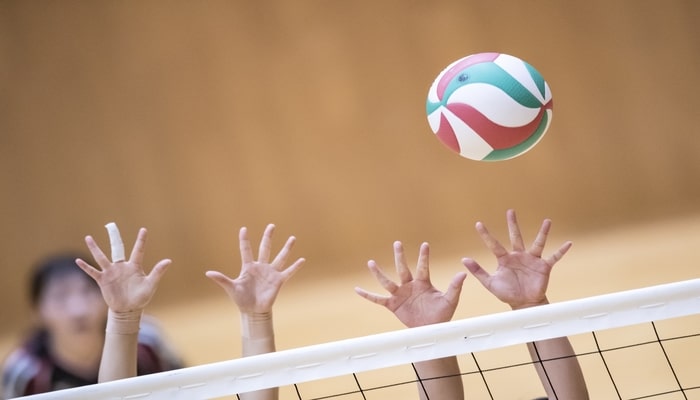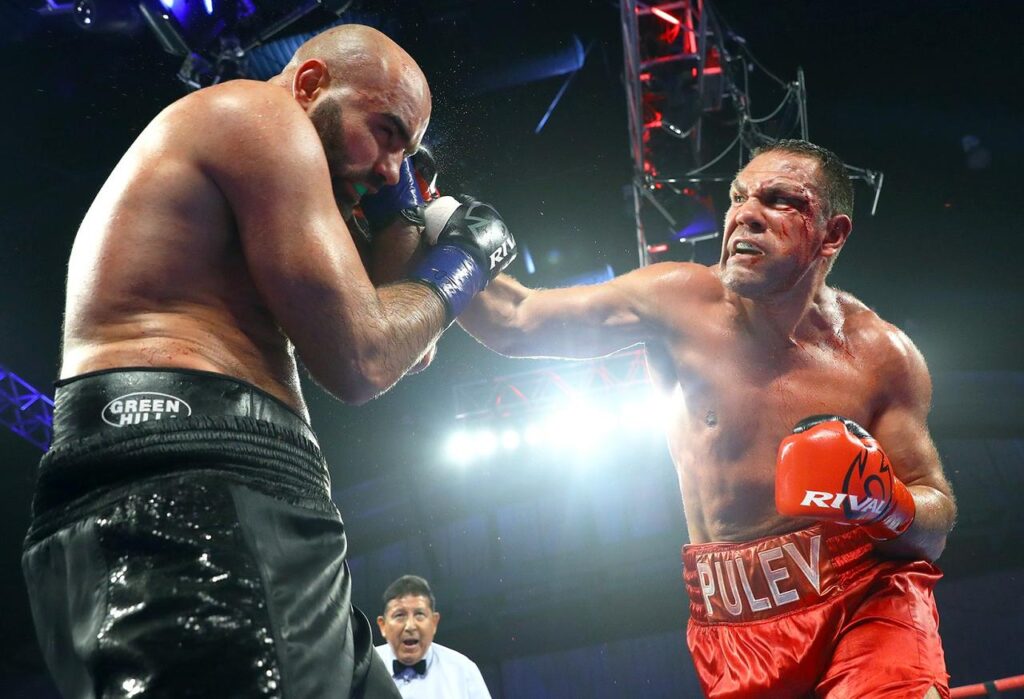
目次
basic rules of voice
In a Kendo match, it is important to maintain “kiai,” and this kiai is used as a means of expressing the player’s will in various situations during the match.
Kiai is used for the purpose of putting pressure on the opponent or increasing one’s own morale when attacking, and there are clear rules for this.
Types of voices allowed in Kendo matches
In Kendo, you are required to make a sound while performing a technique. This voice is responsible for clarifying the intent and timing of the technique and conveying to the referee the effectiveness of the technique. The permissible voice types have the following characteristics:
- Powerful and clear vocalization : Use a clear voice to get fired up at the moment you release your technique.
- Continuous voice : By sustaining the voice for a while after performing a technique, the assertiveness of the technique is emphasized.
- Natural voice : You are expected to be within your natural voice range, and a natural voice that is not overly artificial is preferred.
Prohibited use of voice
Inappropriate use of voice is prohibited during Kendo matches, including the following:
- Unnecessary shouting : It is necessary to refrain from shouting at timings unrelated to the technique or making unintentional voices.
- Excessively long voices : After completing a technique, avoid extending the voice unnaturally.
- Provocative voices and words : It is strictly prohibited to use words that are provocative or include insulting content.
These rules have been established to protect the spirit and etiquette of Kendo and to promote fair competition.
Proper use of Kiai is a very important element not only technically, but also mentally in Kendo.

Technical aspects of voice
The way you raise your voice in Kendo has a technical element that goes beyond just shouting.
Both vocal technique and timing are important when using this voice.
An effective voice has the power to reinforce Kendo techniques and change the flow of the match.
How to speak effectively: vocal technique and timing
Effective vocal delivery includes the following technical points:
- Depth of vocalization : It is important that the voice comes out deep and powerfully. It is based on abdominal breathing, which draws strength from deep breathing and allows your voice to have natural power.
- Timing : The timing of the vocalization must be perfectly synchronized with the execution of the technique. By putting your energy into the moment you perform a technique, the intention and power of the technique will increase, and your impression on the referee will be stronger.
- Continuity and clarity : The voice uttered in conjunction with the technique must be clear and short, and must last until the point is decided. It is effective to keep the voice slightly sustained to emphasize the perfection of the technique.
What is the difference between voice and spirit?
Although “voice” and “kiai” in kendo are closely related, there are clear differences:
- Voice : Voice is a physical sound. In Kendo, the “voice” refers to the voice that is naturally uttered when performing techniques. This voice is used as a means of expressing strength and confidence in the technique.
- Kiai : Kiai, on the other hand, is the spiritual energy or spirit expressed using the voice. Kiai is expressed outwardly through the voice and is used to express inner concentration and determination.
In Kendo, these two elements combine to play an important role in maximizing the effectiveness of techniques and improving performance in matches.
The proper use of the technical voice and the investment of mental spirit will greatly contribute to success in a Kendo match.

Frequently asked questions and answers about voice
We receive many questions about how to use the voice in Kendo.
Here we will answer some of the most common questions.
Psychological effects of speaking out loud
Speaking out has a psychological effect not only in Kendo but also in many martial arts. Specifically, the effects are as follows:
- Improve concentration : By speaking out loud, you can improve your concentration. Through your voice, it becomes easier to pull yourself together and focus on one point.
- Increased Confidence : A strong voice brings out your inner confidence, which improves the accuracy and power of your techniques.
- Pressure on the other party : Voice has the effect of putting psychological pressure on the other party. By showing your strong spirit, you can make the other person upset.
What to do if your voice is not recognized in a match
In a Kendo match, voices may not be recognized when there is doubt about the effectiveness of the technique or when the way the voice is used does not comply with the rules. If you encounter this situation, here’s what to do:
- Check that the technique and voice match : Double-check that the voice and technique are completely in sync. It is important to synchronize your voice precisely at the moment of the technique.
- Review your vocal practice : Pay attention to the timing and quality of your vocalizations during practice to see if there are any areas for improvement. It’s a good idea to ask your trainer or senior colleague for feedback.
- Double-check the rules : Double-check the rules of the match and make sure your voice usage is appropriate. Make sure to use your voice according to the rules.
By taking these steps, you can increase the effectiveness of your voice in the game and increase your chances of being recognized.
Also, continuous practice outside of games will directly lead to improved performance during games.

Examples of voice usage in actual matches
The voice plays an extremely important role in a Kendo match. Here are some specific usage examples:
- Kiai at the start of the match : When greeting before the match begins, you can increase your own fighting spirit and show confidence to your opponent by putting on a strong spirit.
- When performing a technique : When launching an attack, emit a spirit at the same time to emphasize the power and intent of the technique, and to demonstrate the effectiveness of the technique to the referee.
- Kiai at the end of the match : By showing a strong spirit at the end of the match, you demonstrate your spirit throughout the match and show the referee that you have remained focused until the end.
Success stories and analysis in real matches
Let’s consider an example from an international kendo tournament.
During the match, Player A displayed clear and well-timed motivation for each attack, and as a result, his attacks were often recognized as effective by the referee.
In particular, the strong spirit they displayed at the beginning of the match put overwhelming pressure on their opponents and succeeded in controlling the pace of the match.
This success story shows how accurate use of the voice can control the flow of a match and directly affect the outcome of the match.
By using your voice, you can improve the accuracy of your techniques and attract the evaluation of the referee.
Explanation of how voice affects the outcome of the match
The influence of voice in Kendo matches is notable as follows:
- Referee’s evaluation : Voice is an important element to emphasize the effectiveness of a technique. The judges use the strength of the voice and the timing of the technique as criteria for evaluation.
- Psychological impact on the opponent : A strong Kiai can put pressure on the opponent and disturb their psychological state. This makes it easier for your opponent to make mistakes.
- Maintaining your motivation and focus : Being consistently motivated will help you maintain your focus and desire to fight. This also contributes to staying power in long matches.
As mentioned above, the technical use of the voice and its psychological impact have a large impact on the performance of Kendo matches, so proper use of the voice should be emphasized in Kendo training.

summary
In Kendo, the voice is not just a sound; it is an important element that enhances the effectiveness of techniques and influences the flow of the match.
Here, we will review how to practice using your voice effectively and its importance.
How to practice using your voice effectively
In order to master the effective use of the voice, the following practice methods are recommended:
- Basic vocal practice : It is important to practice abdominal breathing on a daily basis and be aware of the source of your voice. By practicing vocalizing from your belly, you will be able to produce a natural and powerful voice.
- Timing practice : Practice calling out your voice at the exact timing of your technique. This should be done with special emphasis during practice for actual kendo kata and match formats.
- Practice Sustainability and Clearness : Practice increasing the effectiveness of your technique by keeping your voice clear and short and sustained. This is most effective if you make sure that your voice and movements match.
Reaffirming the importance of voice in Kendo
In Kendo, the voice is more than just a means of conveying to the judge the effective strokes of a technique.
Voice represents a player’s mental state and serves as an important element that enhances the spirit of the game.
A strong spirit can raise your own morale and at the same time give a feeling of mental pressure to the other person.
Therefore, vocal training is extremely important when practicing Kendo, not only from a technical standpoint, but also from a spiritual standpoint.
From the above points, vocal training in Kendo is not just a formality, but is essential for increasing your overall strength as a Kendo practitioner.
Recognizing the importance of the voice in daily practice and actively practicing its use will lead to improved kendo techniques.




